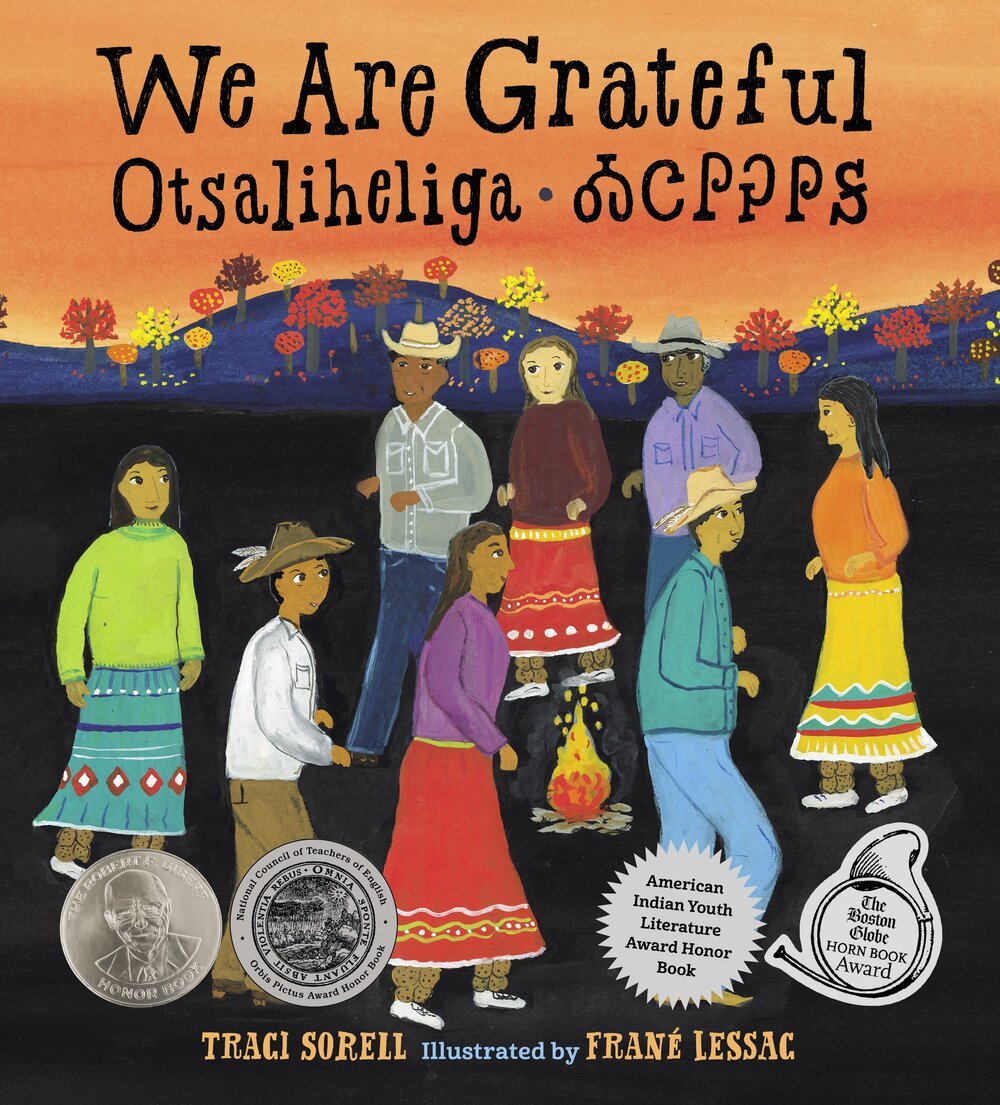As COVID-19 deaths spiked in 2020, Suzanne Firstenberg’s public art installation "In America: How could this happen…"
Museum Artifacts

Grade Range:
K-12
Resource Type(s):
Artifacts, Primary Sources
Date Posted:
11/17/2008
The Blackberry is a handheld wireless Personal Data Assistant (PDA) and communication device. It has a thumb keyboard and a wheel for navigation, as opposed to using a stylus like its competitors. This unit was owned by a law firm partner who arrived at the World Trade Center on September 11, 200

Grade Range:
K-12
Resource Type(s):
Artifacts, Primary Sources
Date Posted:
11/14/2008
This cardboard CARE package, contains seven smaller boxes and bags of macaroni, cornmeal, Carnation instant chocolate flavored drink mix, and nonfat dried milk. It has a paper insert reading "August 6, 1962. Greetings from the men of the U.S.S. Lake Champlain." The macaroni boxes are marked "Pack

Grade Range:
K-12
Resource Type(s):
Artifacts, Primary Sources
Date Posted:
11/14/2008
This circular slide rule describes the effects of a nuclear explosion on people. After World War II, scientists at the Los Alamos Scientific Laboratory prepared a report on forms of damage associated with the explosion of atomic bombs. These included physical damage, fire and heat, and nuclear ra

Grade Range:
K-12
Resource Type(s):
Artifacts, Primary Sources
Date Posted:
11/14/2008
Laying the groundwork for the Chicano movement of the 1960s, organizations like the American G.I. Forum began advocating on behalf of Hispanic veterans who were denied the educational, health care, housing, and other rights guaranteed by the G.I. Bill. Often working in concert with the League of

Grade Range:
K-12
Resource Type(s):
Artifacts, Primary Sources
Date Posted:
11/13/2008
When Theodore Roosevelt was elected President in 1904 and needed an inaugural medal, he gave the commission to scupltor Augustus Saint-Gaudens after rejecting the standard, unmemorable medal typically produced for this occasion by the United States Mint.

Grade Range:
K-12
Resource Type(s):
Artifacts, Primary Sources
Date Posted:
11/13/2008
This cloth banner celebrates the electoral victory of Thomas Jefferson over John Adams in the presidential election of 1800. The banner is believed to be one of the earliest surviving textiles carrying partisan imagery, created at the dawn of the first American party system in which power passed

Grade Range:
K-12
Resource Type(s):
Artifacts, Primary Sources
Date Posted:
11/10/2008
The ENIAC was a large, general-purpose digital computer built to compute ballistics tables for U.S. Army artillery during World War II. Occupying a room 30 feet by 50 feet, ENIAC—the Electrical Numerical Integrator and Computer—weighed 30 tons and used some 18,000 vacuum tubes. It could compu

Grade Range:
K-12
Resource Type(s):
Artifacts, Primary Sources
Date Posted:
11/10/2008
During World War II, the U.S. military needed to find accurate ways to guide missiles to their targets. Harvard University psychologist B. F. Skinner suggested that a missile nose cone be supplied with three compartments, each with a window. A pigeon would be placed in each section, and trained t

Grade Range:
K-12
Resource Type(s):
Artifacts, Primary Sources
Date Posted:
11/10/2008
While leg makeup has been commercially available since the 1920s, it wasn't until rationing was introduced during the World War II that the product became an essential commodity for many American women. Unable to procure silk or nylon hose, many women resorted to painting their legs with products

Grade Range:
K-12
Resource Type(s):
Artifacts, Primary Sources
Date Posted:
11/6/2008
Before the famous California gold rush, several important strikes were made in the East: in North Carolina, South Carolina, and Georgia. The earliest took place in Mecklenburg County, N.C., in 1799, where a nugget weighing several pounds was discovered. Its finder used it as a doorstop until some



















